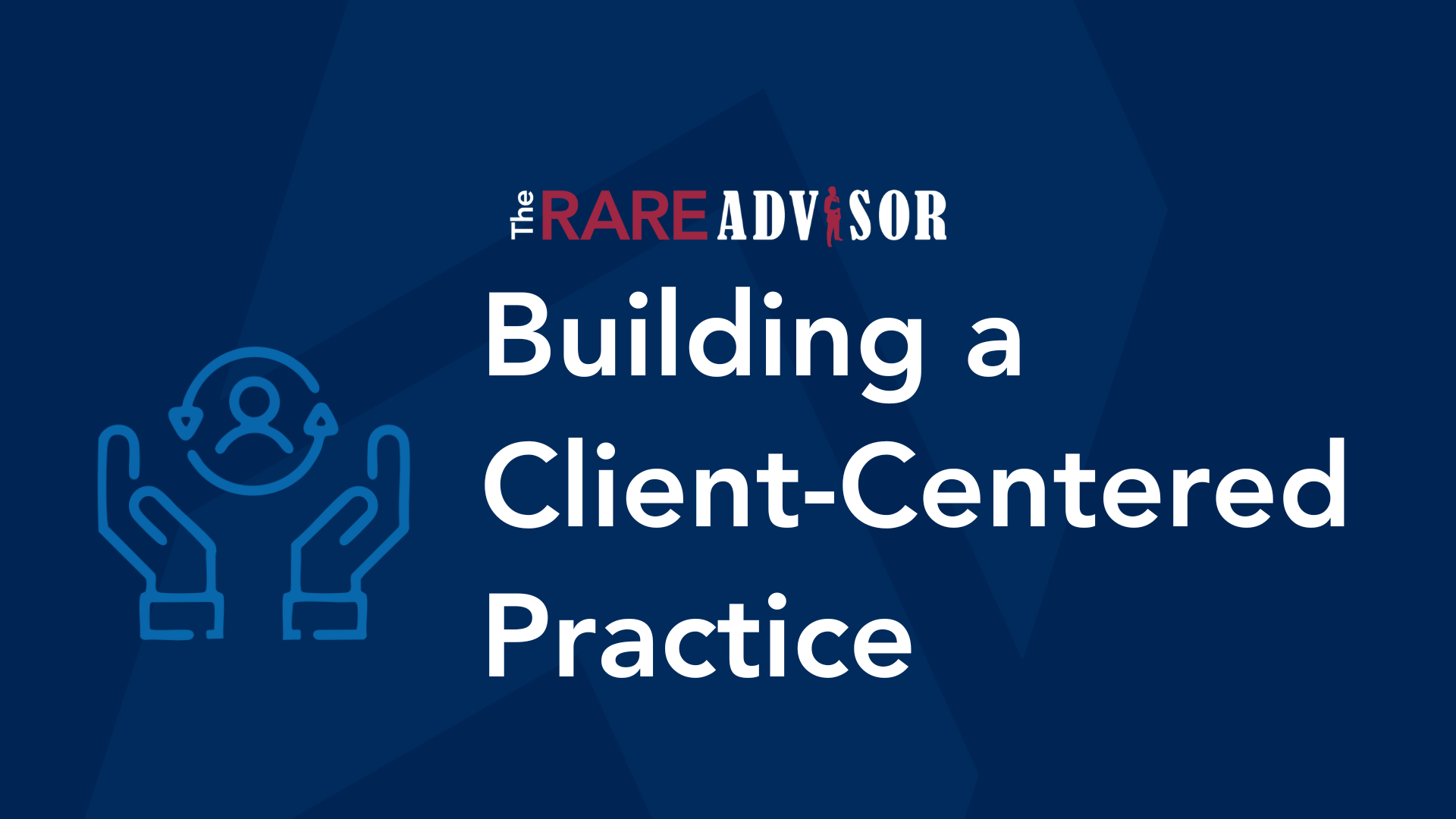HR Tips for Financial Advisors – Performance Reviews

To many, Human Resources (HR) seems like a function of a big corporation. But if you have even one employee, devoting some time to this practice is in your best interest. Understanding legal liability, managing risk, and maximum productivity are all a part of standard HR processes.
Basic HR processes and what you need to do focus on a simple principle: If you take care of your employees, they will take care of your clients.
HR Scale of Risk
As a financial professional, you deal with risk every day. However, managing people comes with a whole new set of risks. There are many components to managing people. The most common are hiring, firing, performance, discrimination, hostile environments, and harassment. While some may seem to be high risk by their very nature, like harassment, all of them can swing back and forth on the scale of risk. Items in green are fairly low risk, yellow is moderate, and red is high risk. Like anything, a certain level of risk is inevitable. The goal is to keep your actions and activities in the green area of the scale.
We’ll discuss these levels of risk as we go along. While performance management may seem less risky than hiring or firing, it’s foundational for continued growth and success. Navigating these sometimes-difficult conversations can be tricky. If you’ve never worked for an organization that does formal or even informal performance reviews or feedback, there are some key components to learn about and adopt into your HR procedures. Unlike other areas in HR, there are less laws with performance management and more guidelines and best practices.
Knowledge is Power
First, and possibly the most important, is informal feedback. This means, ongoing, real-time feedback that encourages and helps an employee to adjust their behavior to be more successful. The key here is real-time or "in the moment" conversations. For example, if you are a coach, you don’t wait until the end of the game to give your players new direction or tell them they are doing something wrong. By the time the game is over, it would be too late for your players to make adjustments.
This regular feedback can be a simple conversation to help keep or get things back on track. While many leaders find giving feedback to be uncomfortable, if issues are left unchecked, you might find yourself having a more difficult conversation down the road and moving yourself in to the yellow on the risk scale. There are a few tips for giving feedback that will make it a better experience for both you and your employee:
- Ask permission. It might sound silly, but simply asking to give someone feedback allows that person a moment to prepare and get in the right mindset to hear what you have to say.
- Be positive. Yes, you are giving corrective feedback, but positive affirmation stimulates the reward centers in the brain, leaving the recipient open to taking new direction. Sharing positive feedback helps them understand the things they should continue doing as well as what they need to change moving forward.
- Be specific. While you want to balance the positive and negative, don’t sugar coat things. You need your employee to understand your expectations and what needs to change. Being upfront and transparent with corrective feedback sets the foundation for an authentic conversation. Focus on delivering feedback tactfully instead of beating around the bush.
- Be immediate. This cannot be stressed enough. Immediate feedback, when done right, allows your employee to take action to succeed. By waiting for a performance review or a more concrete failure like a botched project or lost client, you are setting them up for failure.
- Have a conversation. No one likes to be lectured. While you need to deliver a message, making room for conversation keeps the focus on a partnership. Give the recipient the opportunity to ask questions, so they fully understand the message and forward direction.
- Performance, not personality. Keep feedback focused on an employee’s behavior rather than their personality. For example, “Your tardiness to meetings is causing a problem” is better than “Your arrogance is an issue.” The first is a specific behavior that can be addressed and corrected. The latter is a jab at a person’s character and isn’t conducive to improvement. It’s also moving you toward a riskier place on the scale.
- Follow up. For regular, real-time feedback to really be effective, you need to keep the communication going. Follow up and let the employee know you’ve noticed improvements. This kind of appreciation for their efforts will show you care about their success and keep them motivated.
This kind of informal feedback doesn’t come naturally for many people, but the more you do it, the better you will get. And your employees will thank you for your dedication to their development.
Document Everything
Informal feedback should be kept informal. There’s no need for an employee to sign off on any formal documentation, but you should keep track of the conversations and what was said. This can be done by simply emailing yourself a summary of the feedback, responses from the employee, and the date the conversation occurred. Avoid any anecdotal information and focus on the facts.
Formal Performance Review
Regular performance reviews are most commonly conducted on an annual basis. Some choose to do them more often, but if you are doing the work with continuous informal feedback, annual reviews are more than adequate. The formal performance review is a documented process with defined criteria that specifically addresses an employee’s performance over a period of time. There should be two components. The first is a historical recap of what was achieved over the past year.
The employee is usually rated on a set of defined criteria. While these criteria can vary greatly, there are some key components that tend to be part of most reviews. The definition of each should be consistent for everyone in the company, but the expectations can be tailored for each role. For example, the list below provides definitions of each criterion, but the expectations around that definition can be adjusted to fit the different levels of responsibility.
- Leadership: Lead self and others to make a difference and deliver results in a responsible, authentic, resilient, inclusive, and passionate manner.
- Business Acumen: Bring business knowledge, innovation, and insight to create distinctive value.
- Role Execution: Apply a range of capabilities (that is, the practical skills and methods used when performing a role) to deliver quality and value.
- Collaboration: Collaborate effectively with a mindset that transcends across organizational boundaries.
- Relationships: Build relationships of high value which are genuine and rooted in trust.
The most effective way to conduct a performance review is to allow both the employee and the manager to rate the performance on a defined scale. We use a scale of 1-4: 1- Exceeds Expectations, 2- Meets Expectations, 3- Partially Meets Expectations, 4- Does Not Meet Expectations. There are plenty of ways to make a scale like this, the important part is to understand what each rating means and as a leader, to use it consistently. Once the ratings are given, both the leader and employee should include comments to justify and provide detail around the rating.
Keep in mind, all of this pertains to the historical portion of the review. No new information should be shared here. This is meant to be a summary of the feedback you’ve provided over the past year and the outcome of the work your employee has accomplished. If you devote your time in giving clear and effective ongoing feedback, the formal performance review should be easy. The second portion of the review focuses on the future by establishing goals and expectations.
Setting Goals
Goal setting should be a collaborative effort by the leader and employee. Both should bring ideas for future goals to the table and should be a mix of personal and professional. Personal goals might include things like certifications or skills to improve upon. Professional goals pertain to projects to focus on and company or team objectives. While the goals are meant to be forward planning and be the bulk of the conversation, it’s a good practice to tie it to any feedback in the review.
Keep Documenting
There are often systems built to conduct your review process and house all the documentation. If you don’t have access to this kind of system, you just need to keep a file, preferably electronic, that includes the review, any comments from both parties, any peer feedback (more on this in a minute), and the written summary of the review. All of this needs to be saved and available for 7 years.
Who's Who in the Review
Depending on the size of your office and the staff on your team, you may want to consider incorporating peer feedback. While you see a certain aspect to your employee’s performance, your staff can offer a different dimension to the review. Many companies have a matrix approach with their staff. This just means that they are responsible for and touch several areas of the company. Finding out how they work with others can be beneficial in the review process.
Peer feedback can be done through a formal electronic system, but can also be conducted through email or with a simple conversation. Anonymous feedback tends to foster more genuine feedback, but peer reviewers should understand that the manager will see who it's from, but not the employee being reviewed. Once you receive responses, you can then summarize the comments and potentially see themes. This is a great opportunity to not only provide more meaningful feedback but allow your entire staff to have a voice in the process.
Familiarity, Comfort, Trust
Familiarity, comfort, and trust are the key components to any kind of feedback. It helps an employee feel that any critiques are coming from the right place so they can move forward and be successful. To be effective with performance discussions and reviews, you need to establish your criteria, communicate it to your staff, and then use it consistently. But beyond the process, if you build a culture around giving and receiving thoughtful and respectful feedback with the intent of growth and development, your staff will be more willing to adopt it.
If you’d like to learn more about how USA Financial supports our financial professionals with practice management, set up some time with one of our business development consultants by calling 888-444-0125.
Author Info

Steve Liverance is the Chief Human Capital Officer at USA Financial, joining the firm in 2016. In his role, he is responsible for all human...
Related Posts

Year-End Planning with Purpose: Becoming the Advisor of the Future
In this episode of The RARE Advisor, Aaron Grady and Duncan MacPherson explore how financial advisors can approach year-end planning with intention and purpose. Rather than focusing solely on metrics and spreadsheets, they discuss the importance of aligning your “why” with your process and practice. Drawing on Japanese philosophies like Ikigai, Kaizen, Kintsugi, and Wabi Sabi, they share insights on creating a more meaningful, resilient, and sustainable business. Learn how embracing continuous improvement, authenticity, and technology can help you become the advisor of the future.

The Power of Storytelling: 3 Essential Stories Every Financial Advisor Needs
In this episode of Financial Advisor Marketing Playbook, Mark Mersman reveals how storytelling can transform your marketing and client relationships. Learn the three foundational stories every advisor needs: your origin story to build trust, your client transformation story to demonstrate results and empathy, and your philosophy story to define your beliefs and differentiate your brand. Discover practical tips for crafting these narratives and integrating them into your website, meetings, and marketing strategy.

Building a Client-Centered Practice: Insights from Duncan MacPherson & Pareto Systems
In this episode of the Rare Advisor, host Aaron Grady sits down with Duncan MacPherson of Pareto Systems to unpack the “Always On” client experience from The Blue Square Method—showing financial advisors how to move from personality-driven to process-driven, scalable firms. You’ll learn the four quadrants (Onside, Onboard, Ongoing, Onward), why a documented fit process and onboarding sequence create professional contrast, how the 12-4-2 service model competitor-proofs relationships, and why systematizing moments of truth builds advocacy and referrals. We cover turning know-how into intellectual property (playbooks/SOPs), becoming “fee-worthy” and referable, leveraging the Pareto principle for AAA clients, and shifting from B2C to B2B growth.

Year-End Planning with Purpose: Becoming the Advisor of the Future
In this episode of The RARE Advisor, Aaron Grady and Duncan MacPherson explore how financial advisors can approach year-end planning with intention and purpose. Rather than focusing solely on metrics and spreadsheets, they discuss the importance of aligning your “why” with your process and practice. Drawing on Japanese philosophies like Ikigai, Kaizen, Kintsugi, and Wabi Sabi, they share insights on creating a more meaningful, resilient, and sustainable business. Learn how embracing continuous improvement, authenticity, and technology can help you become the advisor of the future.

The Power of Storytelling: 3 Essential Stories Every Financial Advisor Needs
In this episode of Financial Advisor Marketing Playbook, Mark Mersman reveals how storytelling can transform your marketing and client relationships. Learn the three foundational stories every advisor needs: your origin story to build trust, your client transformation story to demonstrate results and empathy, and your philosophy story to define your beliefs and differentiate your brand. Discover practical tips for crafting these narratives and integrating them into your website, meetings, and marketing strategy.

Building a Client-Centered Practice: Insights from Duncan MacPherson & Pareto Systems
In this episode of the Rare Advisor, host Aaron Grady sits down with Duncan MacPherson of Pareto Systems to unpack the “Always On” client experience from The Blue Square Method—showing financial advisors how to move from personality-driven to process-driven, scalable firms. You’ll learn the four quadrants (Onside, Onboard, Ongoing, Onward), why a documented fit process and onboarding sequence create professional contrast, how the 12-4-2 service model competitor-proofs relationships, and why systematizing moments of truth builds advocacy and referrals. We cover turning know-how into intellectual property (playbooks/SOPs), becoming “fee-worthy” and referable, leveraging the Pareto principle for AAA clients, and shifting from B2C to B2B growth.

